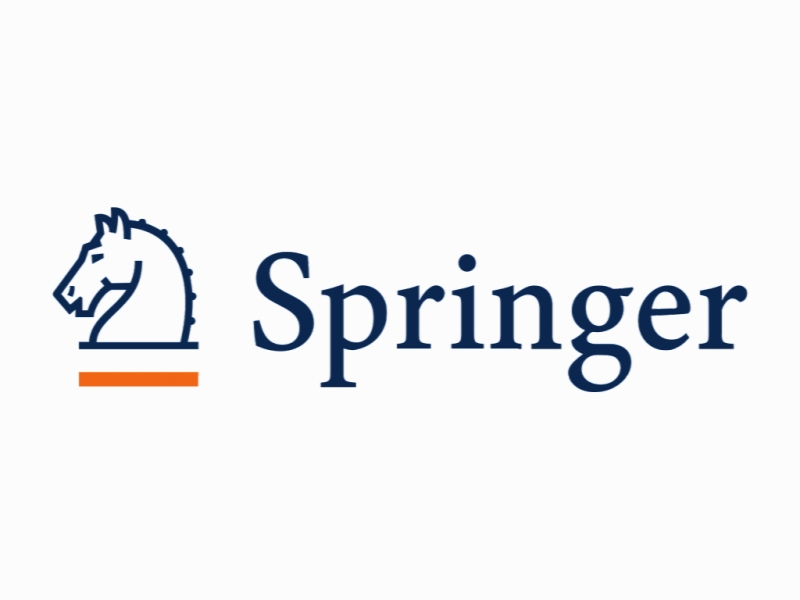یک رابطه منحنی بین جهت گیری کارآفرینی و عملکرد شرکت: نقش تعدیلی ایمنی روانی کارکنان A curvilinear relationship between entrepreneurial orientation and firm performance: The moderating role of employees’ psychological safety
- نوع فایل : کتاب
- زبان : انگلیسی
- ناشر : Springer
- چاپ و سال / کشور: 2018
توضیحات
رشته های مرتبط مدیریت
گرایش های مرتبط کارآفرینی، مدیریت عملکرد
مجله بین المللی کارآفرینی و مدیریت – International Entrepreneurship and Management Journal
دانشگاه Korea University – Graduate School of Management of Technology – South Korea
شناسه دیجیتال – doi https://doi.org/10.1007/s11365-017-0448-5
منتشر شده در نشریه اسپرینگر
کلمات کلیدی انگلیسی Entrepreneurial orientation, Firm performance, Psychological safety, Small and medium enterprises, Curvilinear relationship
گرایش های مرتبط کارآفرینی، مدیریت عملکرد
مجله بین المللی کارآفرینی و مدیریت – International Entrepreneurship and Management Journal
دانشگاه Korea University – Graduate School of Management of Technology – South Korea
شناسه دیجیتال – doi https://doi.org/10.1007/s11365-017-0448-5
منتشر شده در نشریه اسپرینگر
کلمات کلیدی انگلیسی Entrepreneurial orientation, Firm performance, Psychological safety, Small and medium enterprises, Curvilinear relationship
Description
Introduction Entrepreneurial orientation (EO) has been studied as a key determinant influencing organizations’strategic decision-making process that provides a basis for exploring new opportunities (George and Marino 2011; Wales et al. 2013). Researchers have empirically examined the benefits of EO for firm performance (Covin et al. 2006; Lechner and Gudmundsson 2014). However, according to a meta-analysis of the relationship between EO and firm performance (Rauch et al. 2009), the magnitude and direction of the relationship between EO and firm performance varies across study samples (LealRodríguez et al. in press). While some studies have found that businesses with a higher level of EO perform better than firms with a lower level of EO (with an r > .30, e.g., Covin and Slevin 1986), other studies have reported lower correlations between EO and firm performance (with an r < .30, e.g., Covin et al. 1994), no significant relationship (e.g., George et al. 2001), or even a negative relationship (e.g., Tang et al. 2008; Wang 2008). Although we recognize that extant studies provide a building block for better understanding EO’s effect on firm performance, the underlying reason for this variation has not been actively investigated (Rauch et al. 2009; Rosenbusch et al. 2013; Wiklund and Shepherd 2005). We believe scholarly and managerial attention is needed to investigate the dangers that EO might pose to firm performance (Tang et al. 2008; Wang 2008; Wiklund and Shepherd 2005; Zhao et al. 2011). The considerable variation in the size and direction of reported relationships between EO and firm performance may suggest an unidentified contextual factor (Covin and Lumpkin 2011). Zhao et al. (2011) advanced the theoretical argument that an intense emphasis on EO can be detrimental because it leads firms to pursue risky projects obsessively. Indeed, when EO is overemphasized, firms are more likely to make highly risky decisions in a rapid manner. In such decisions, the outcome may not be desirable. To understand the effect of high EO, psychological safety of employees is particularly relevant, due to its role in shaping decision making (Edmondson 1999). If firms with high EO do not have sufficient managerial skills to lead their members toward entrepreneurial opportunities or to operate high-risk entrepreneurial projects (Li and Atuahene-Gima 2001; Madhoushi et al. 2011; Winslow and Solomon 1993), employees, unless they feel comfortable following managers’ entrepreneurial decision-making, might resist the new responsibilities that entrepreneurial tasks and changes often require (Rauch et al. 2009). Employees might also worry that newly introduced entrepreneurial projects might threaten their job security (Green et al. 2008). According to this logic, psychological safety—which refers to employees’ perception that their organization is safe for risk-taking actions—can be considered a mechanism that interacts with EO to shape firm performance. Yet, the role of psychological safety as a possible moderator between firm EO and firm performance has not yet been examined. Therefore, this study’s main purposes are (1) to empirically test whether EO has drawbacks on firm performance and (2) to determine if the contextual factor of employees’ psychological safety can explain when EO has a positive or negative impact on firm performance.


